-
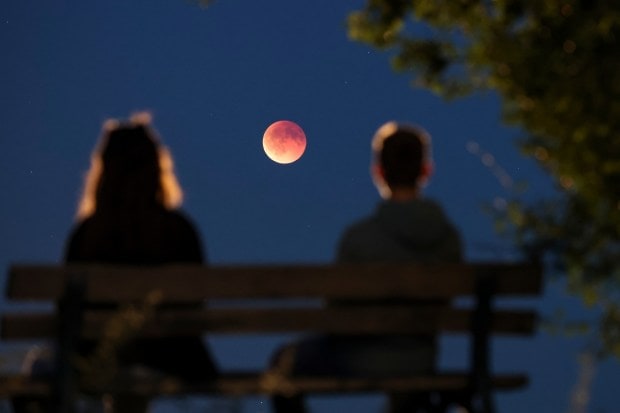
On September 7–8, people in India, Europe, Africa, and Australia saw a rare celestial spectacle in the sky – the total lunar eclipse, also called a Blood Moon. For more than three hours, the Moon slowly moved into Earth’s shadow and, during the peak of the eclipse, it turned a deep red for 82 minutes. In India, the event was visible from every part of the country, making it the longest and most special lunar eclipse seen here since 2022. Millions of people stepped outside to watch the glowing red Moon with their own eyes, with no special glasses or equipment needed. (Image: AP)
-
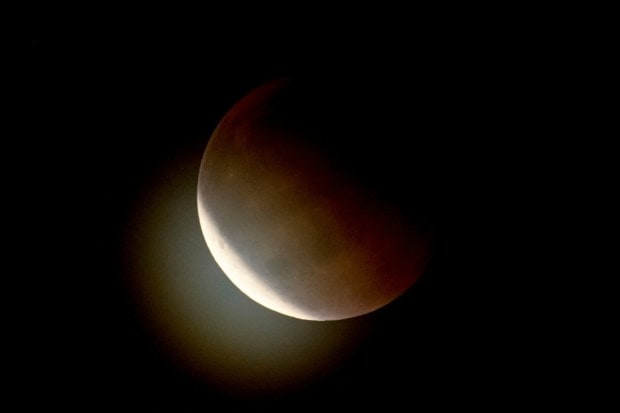
A lunar eclipse occurs when the Earth moves directly between the Sun and the Moon, preventing sunlight from reaching the lunar surface. Instead of disappearing in darkness, the Moon takes on a reddish tint because Earth’s atmosphere bends and scatters light. (Image: AP)
-
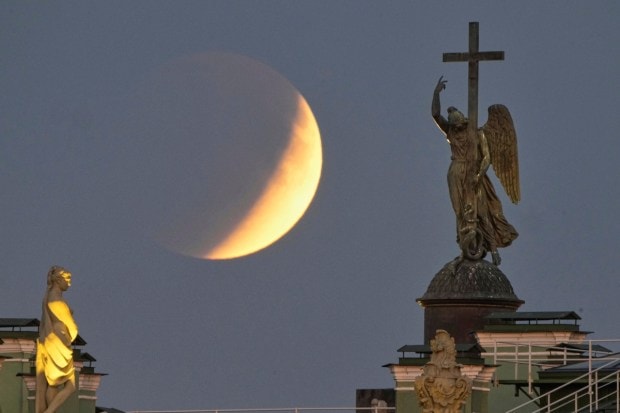
Shorter blue wavelengths scatter away, while the longer red ones pass through and reflect onto the Moon. It’s the same atmospheric trick that paints our skies orange and red at sunset. (Image:AP)
-
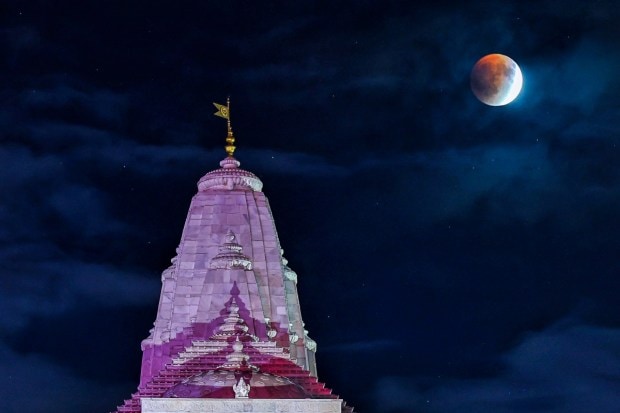
The deep crimson color of the Moon is the reason this phenomenon is dramatically nicknamed the “Blood Moon.” For centuries, its mysterious glow has inspired myths, stories, and spiritual symbolism around the world. (Image: PTI)
-
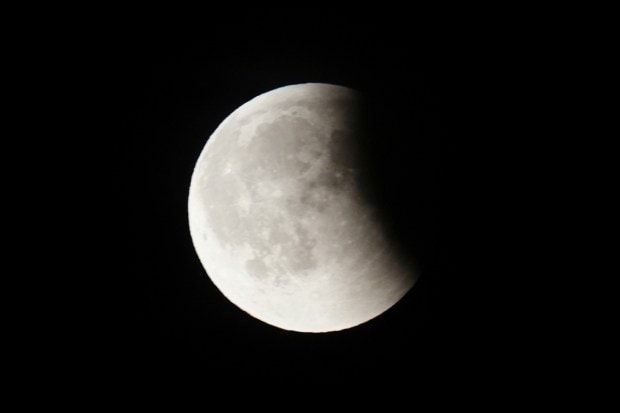
What made this eclipse even more special was its duration. The total phase, when the Moon appeared completely red, lasted for 82 minutes, making it one of the longest lunar eclipses in recent years. (Image: AP)
-
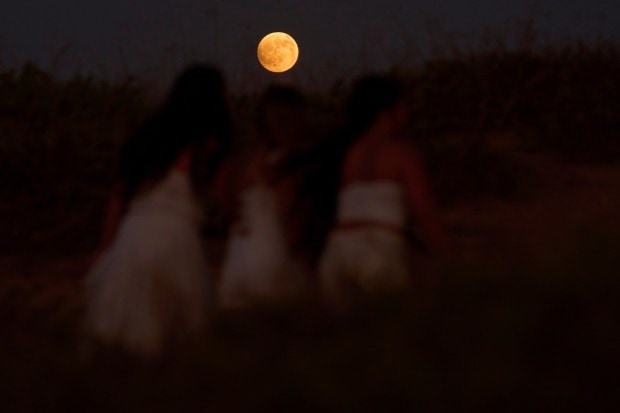
The entire event spanned over three hours, from 9:56 pm on September 7 until 1:28 am the next morning. (Image: AP)
-
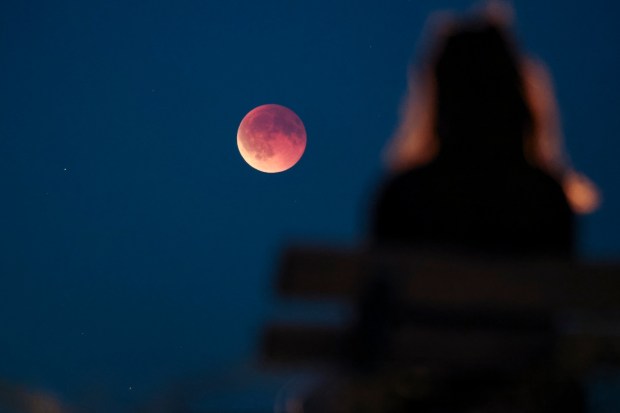
In India, the eclipse began in Tamil Nadu before becoming visible across the entire country. The total eclipse started around 11 pm and continued until 12:22 am, offering viewers a rare chance to see the Moon glowing red-orange without any special equipment. (Image: AP)
-
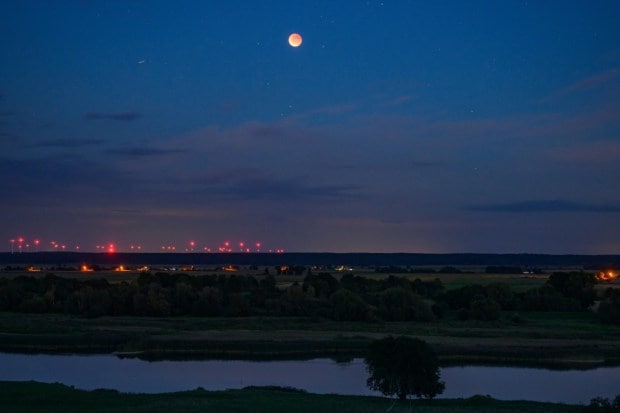
People watched with the naked eye, while others brought out binoculars and telescopes for a closer look. This was the longest total lunar eclipse visible in India since 2022 and the first one since July 27, 2018, that could be seen nationwide. (Image: AP)
-
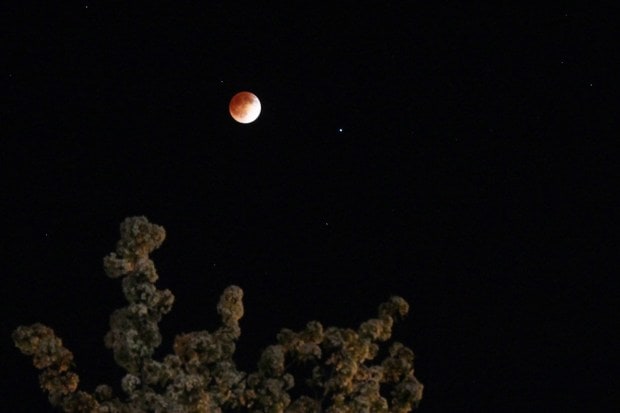
Outside India, parts of Asia and Australia enjoyed the clearest and longest views, as the Moon was high in the sky during the eclipse. In Europe and Africa, the event was visible only briefly during moonrise. (Image: NASA)
-
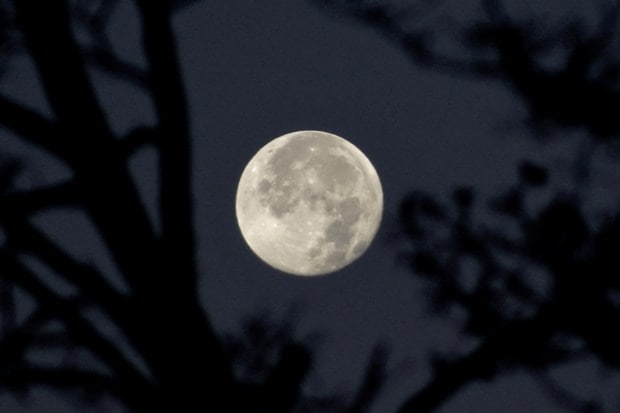
This was also the second and final lunar eclipse of 2025. Stargazers will now have to wait until March 3, 2026, for the next total lunar eclipse. (Image: NASA)

Canada drops wage assessment under TFWP; Work permits now based on LMIA






